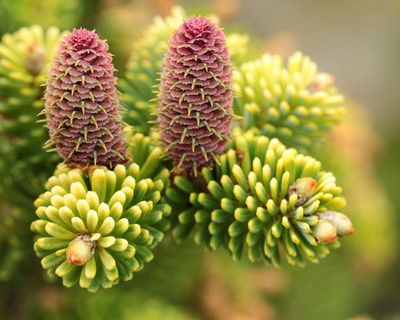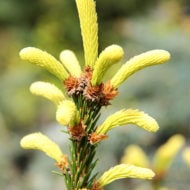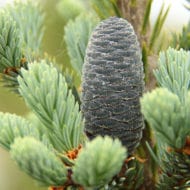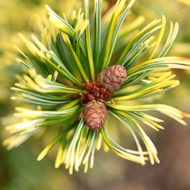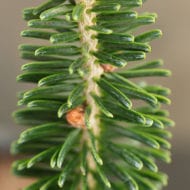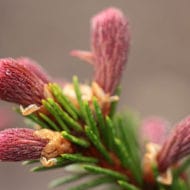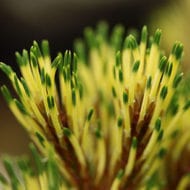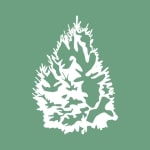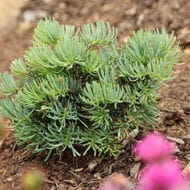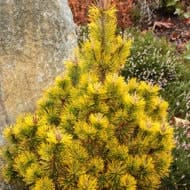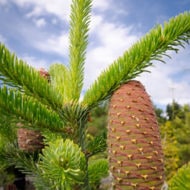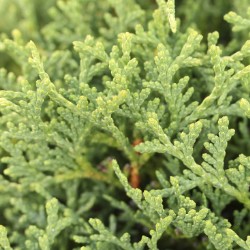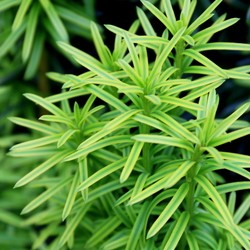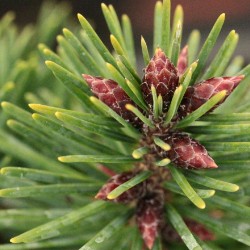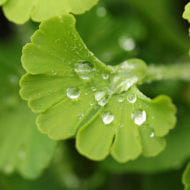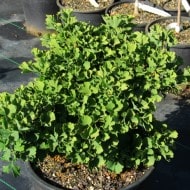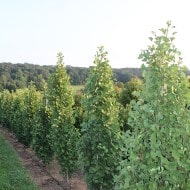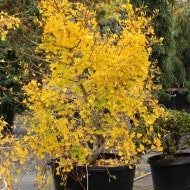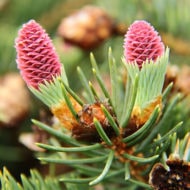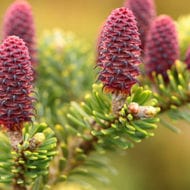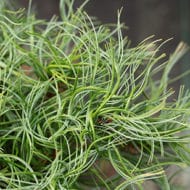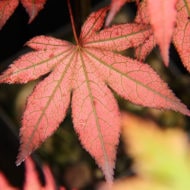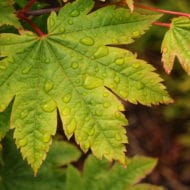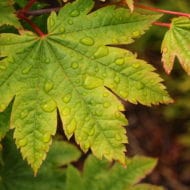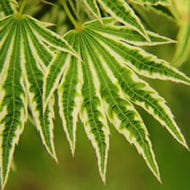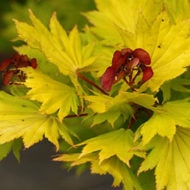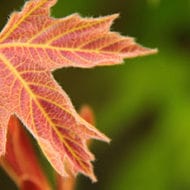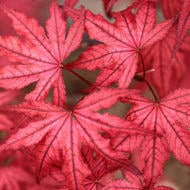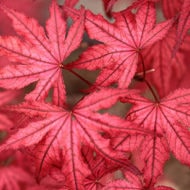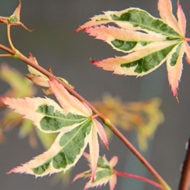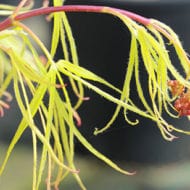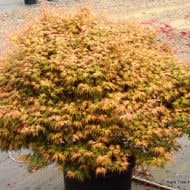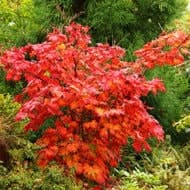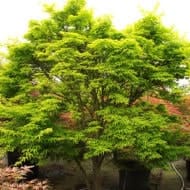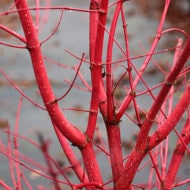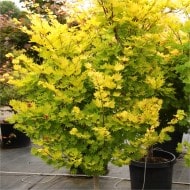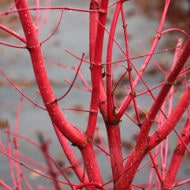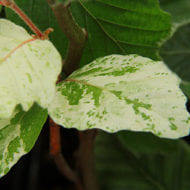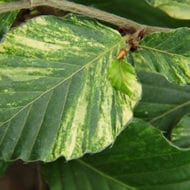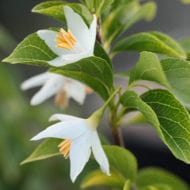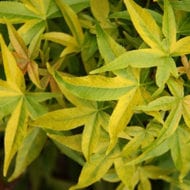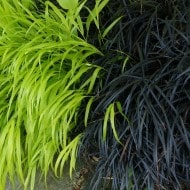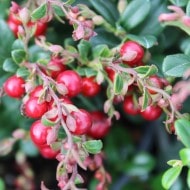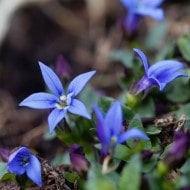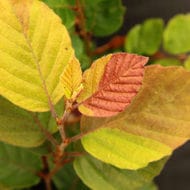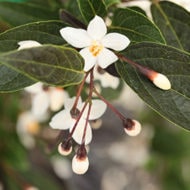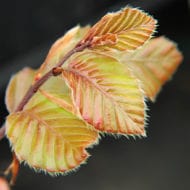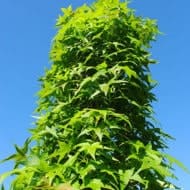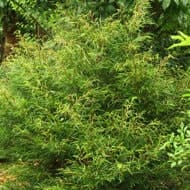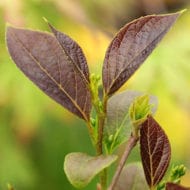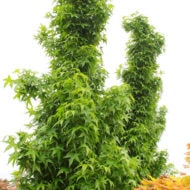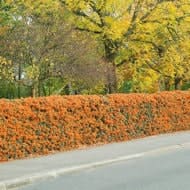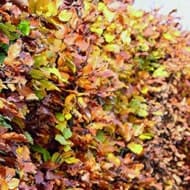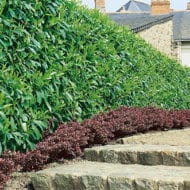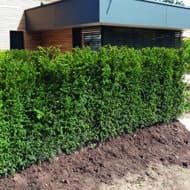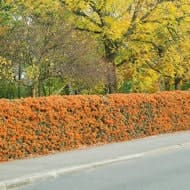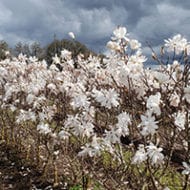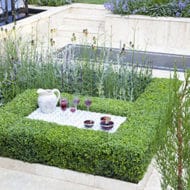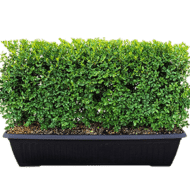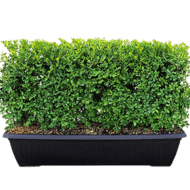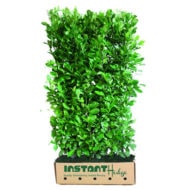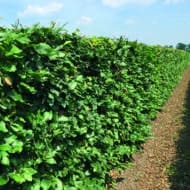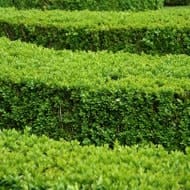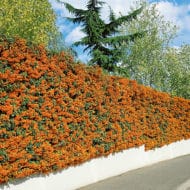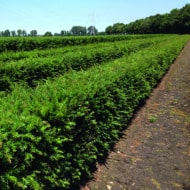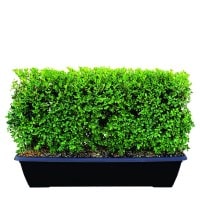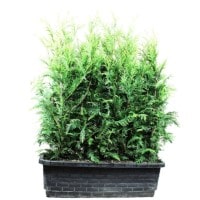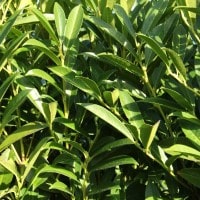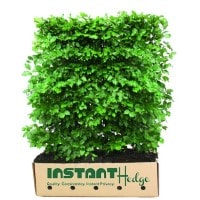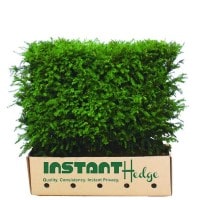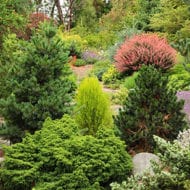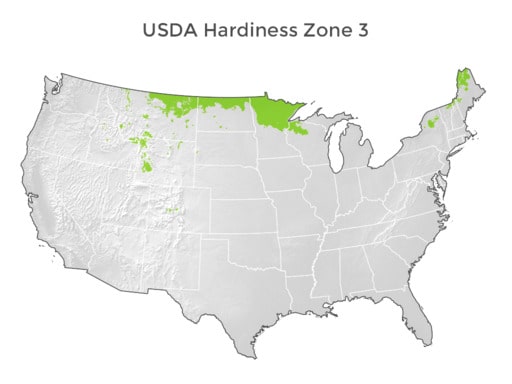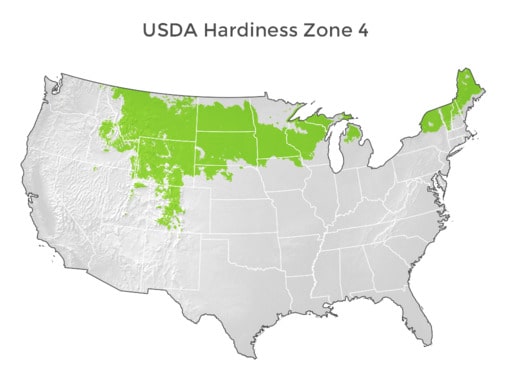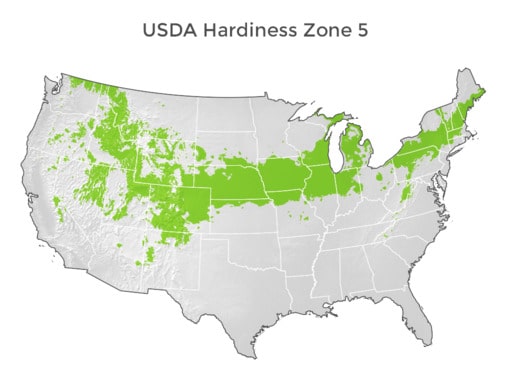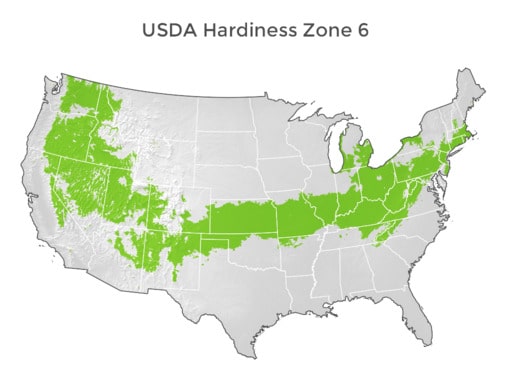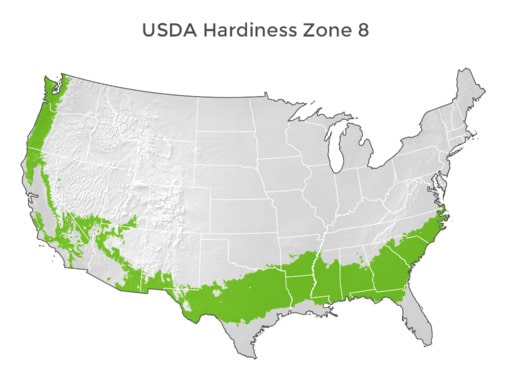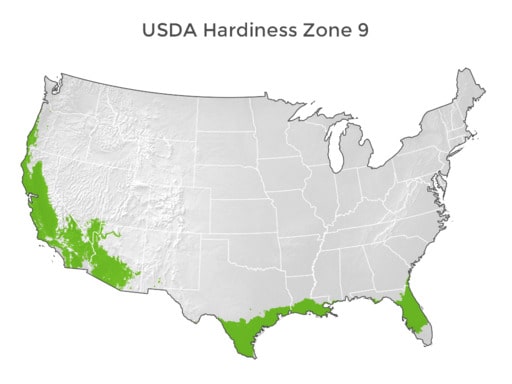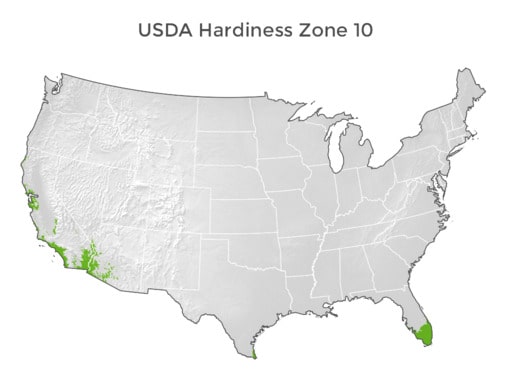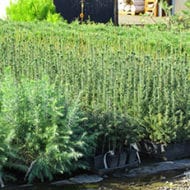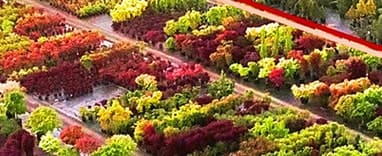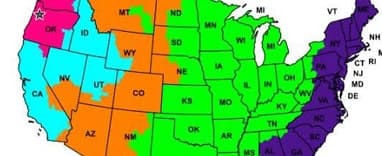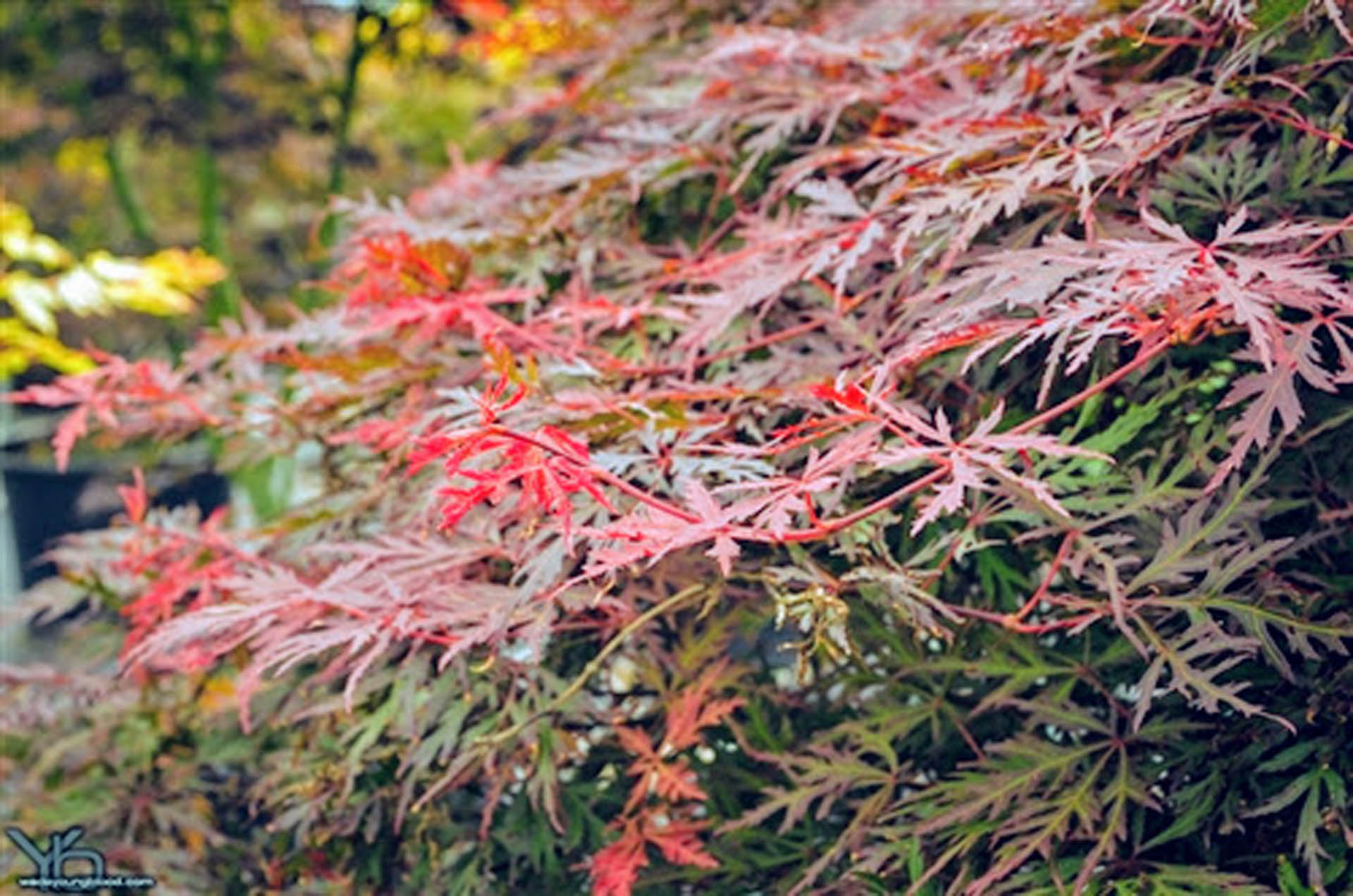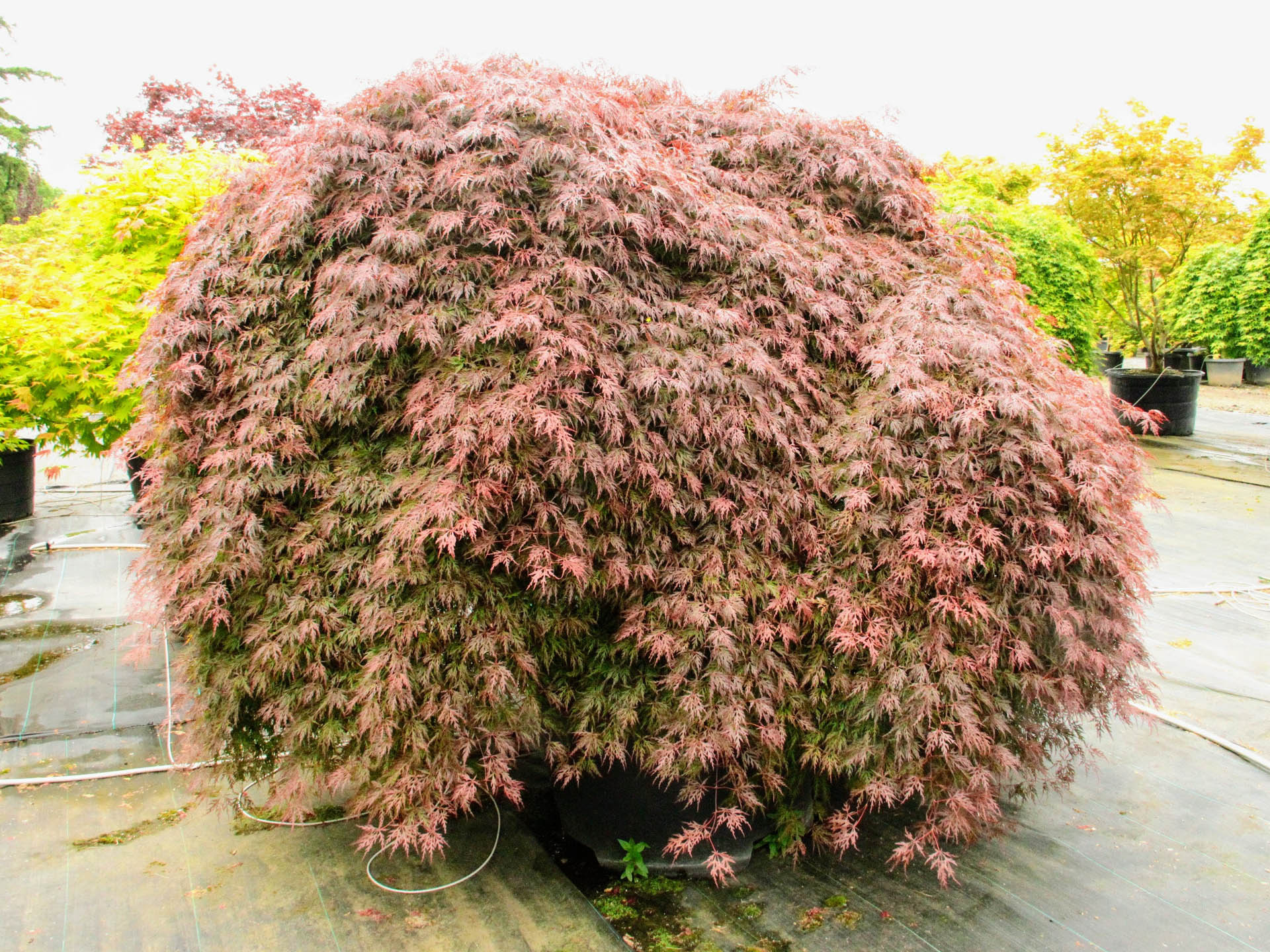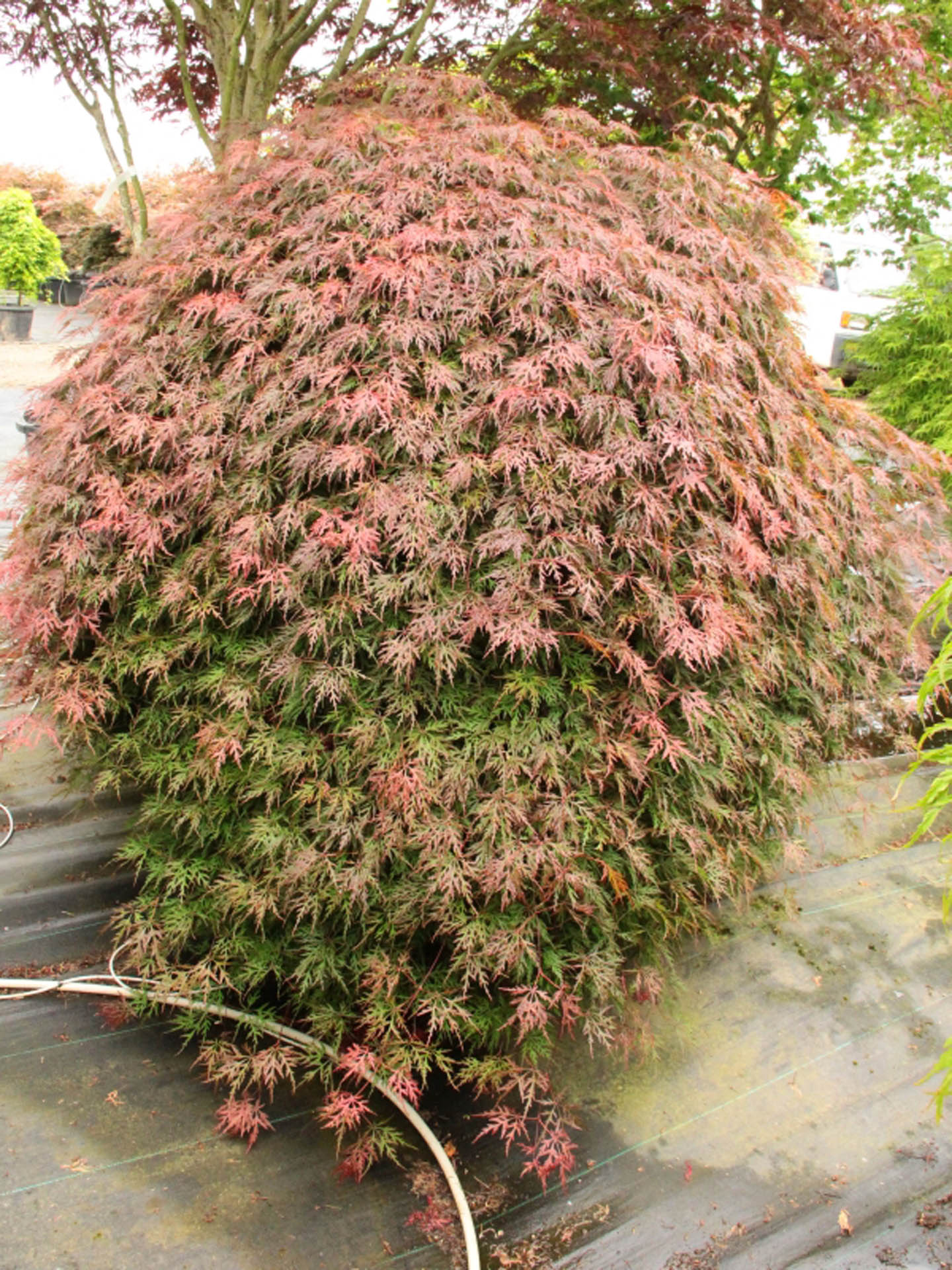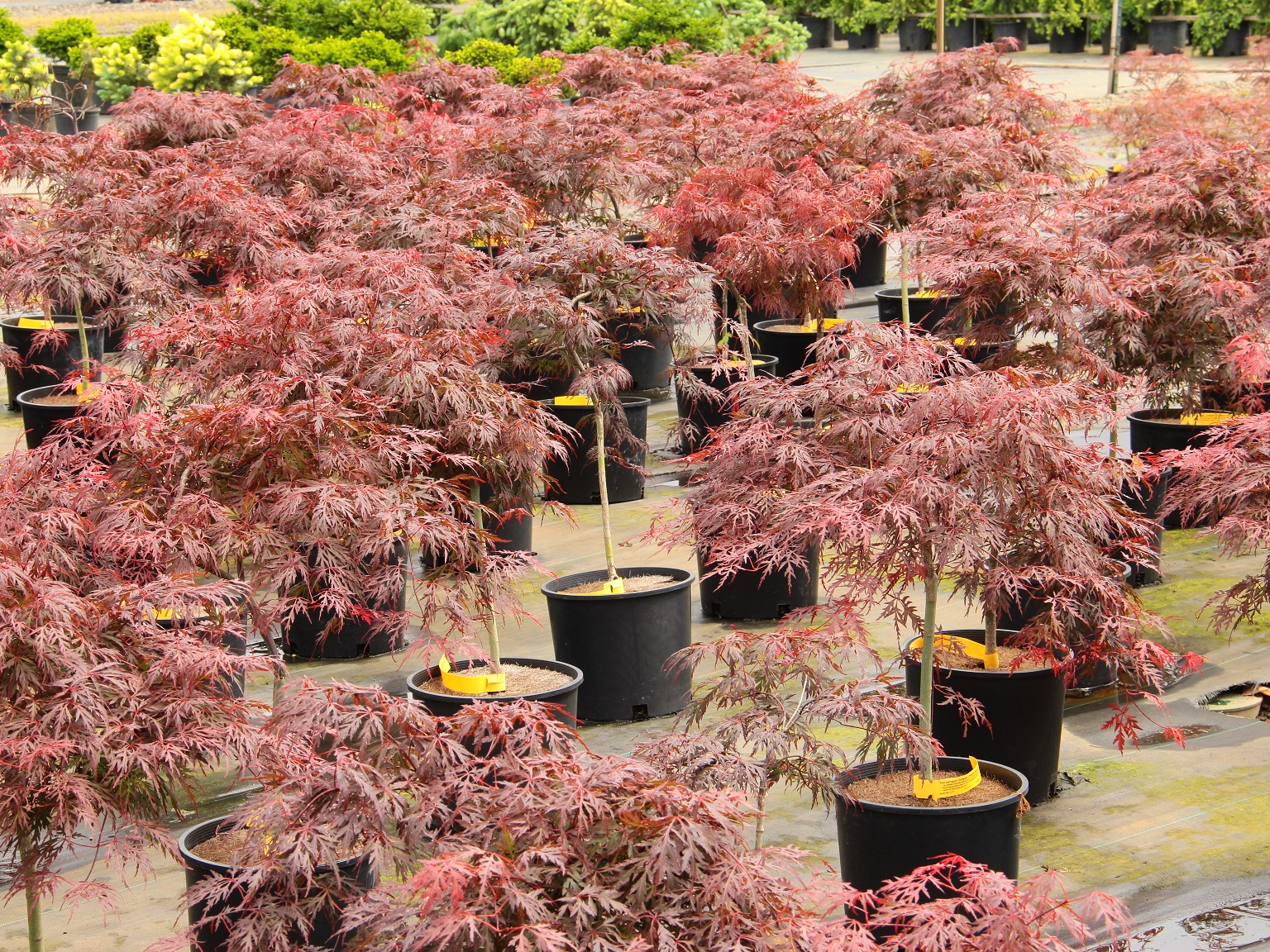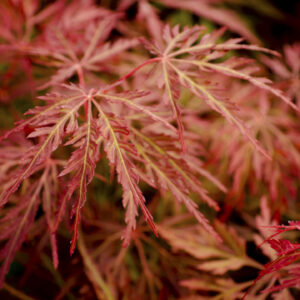
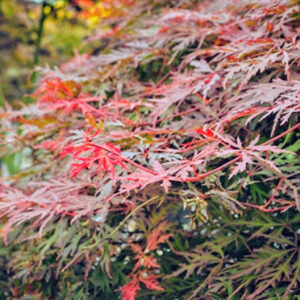


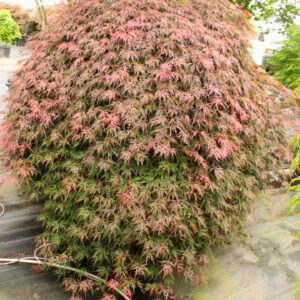

*Photos may demonstrate how the plant grows and do not necessarily pertain to the available crop(s).
Acer palmatum ‘Orangeola’ Japanese Maple
- Elegant, cascading habit
- Brilliantly colored, laceleaf foliage
- Slow to moderate growth rate
SKU: AcPalm-Orangeola-0-0
Categories: Acer palmatum, Grafted on a Standard, Intermediate, Intermediate Maples, Japanese Maples, Laceleaf Japanese Maples, Maples, Mounding, Our Plants, Red, Red, Purple, & Burgundy Maples, Zone 5, Zone 6, Zone 7, Zone 8, Zone 9
Tags: All Is Fixed, Hardiness Zone 5, Popular
Description
Orangeola Japanese Maple is not quite as red as many other laceleaf weeping Japanese maples, but the foliage is orange-red when it first emerges in spring. By mid-summer, the color is a mix of burgundy and muted green. Acer palmatum Orangeola’s dramatically cascading habit and long-term seasonal interest make it one of our favorites. The second flush of summer growth repeats the bright spring show and produces a beautiful contrast against the older foliage. Dark red and fiery orange-red colors finish the display in fall.
USDA Hardiness Map

Plant Form

Orangeola is a dwarf laceleaf Japanese maple with an elegant, cascading habit and brilliantly colored leaves. It glows as a centerpiece in a garden and is an excellent choice for containers and bonsai. Orangeola is considered one of the best laceleaf Japanese maples and received the coveted Royal Horticultural Society’s Award for Garden Merit in 2012.
The glossy new leaves on this little tree emerge bright orange-red in the spring and soften to a green infused with burgundy in the summer. By midsummer, they put out a second flush of new orange-red leaves that contrast with the greenish leaves below, creating an appealing, two-hued effect. Then, the foliage ignites again with a vivid orange-red in the fall.
Because of its cascading habit, the tree is more compact and less wide-spreading than other Japanese maples. It grows to about 4′ × 5′ in 10 years at a slow to moderate rate. The leaves are delicate and lacy, with 5 or 7 narrow, deeply serrated lobes, giving the tree an airy, fine-textured, calming appearance. It is a focal point for small gardens and enhances city gardens, rock gardens, meditation gardens, Japanese gardens, decks, and patios.
Orangeola is more heat-resistant than other Japanese Maples and is a good choice for the warm regions of its USDA 5-9 range. It will grow best out of the wind in full sun to partial shade. It can handle more sun in cooler areas of its range but needs to be protected from the hot afternoon sun and wind in warmer regions and does better in morning light.
Its soil needs to be moist, well-draining, slightly acidic, and rich in organic material. Water it regularly for the first one or two years, and once established, it will be semi-drought resistant. However, to keep it growing at its best, it’s well to keep the soil moist, especially during periods of dry weather. Container-grown trees will need to be watered more frequently than those grown in the garden because their soil will dry out more quickly.
Orangeola has such a graceful, delicate appearance that it needs just the right companion plants around it to enhance rather than detract from its beauty. Dark green trees with similar cultural needs planted behind it make a contrasting backdrop that brings out the foliage colors. Trees like hemlock, arborvitae, cypress, Alberta spruce, and holly work well with enough light. Shrubs like rhododendrons, azaleas, and yew bushes are also good choices. Small perennials planted around the base of the tree can add interest, too. Ferns, hostas, pachysandra, astilbes, lilies-of-the-valley, hellebores, shade-loving sedums, lithodoras, creeping myrtles, peonies, and Japanese forest grasses (Hakonechloa) enhance Orangeola. Pretty spring bulbs, such as crocuses, snowdrops, squills, and glory-of-the-snow, add a spot of color while the tree is still dormant.
Japanese maples are pollinated mainly by the wind, but their small, red flowers attract buzzing bees in the spring. Later in the season, they develop into two-sided samaras (whirligigs or helicopters) that hang between the leaves. Birds use the tree for cover, but deer and rabbits are not interested.
The glossy new leaves on this little tree emerge bright orange-red in the spring and soften to a green infused with burgundy in the summer. By midsummer, they put out a second flush of new orange-red leaves that contrast with the greenish leaves below, creating an appealing, two-hued effect. Then, the foliage ignites again with a vivid orange-red in the fall.
Because of its cascading habit, the tree is more compact and less wide-spreading than other Japanese maples. It grows to about 4′ × 5′ in 10 years at a slow to moderate rate. The leaves are delicate and lacy, with 5 or 7 narrow, deeply serrated lobes, giving the tree an airy, fine-textured, calming appearance. It is a focal point for small gardens and enhances city gardens, rock gardens, meditation gardens, Japanese gardens, decks, and patios.
Orangeola is more heat-resistant than other Japanese Maples and is a good choice for the warm regions of its USDA 5-9 range. It will grow best out of the wind in full sun to partial shade. It can handle more sun in cooler areas of its range but needs to be protected from the hot afternoon sun and wind in warmer regions and does better in morning light.
Its soil needs to be moist, well-draining, slightly acidic, and rich in organic material. Water it regularly for the first one or two years, and once established, it will be semi-drought resistant. However, to keep it growing at its best, it’s well to keep the soil moist, especially during periods of dry weather. Container-grown trees will need to be watered more frequently than those grown in the garden because their soil will dry out more quickly.
Orangeola has such a graceful, delicate appearance that it needs just the right companion plants around it to enhance rather than detract from its beauty. Dark green trees with similar cultural needs planted behind it make a contrasting backdrop that brings out the foliage colors. Trees like hemlock, arborvitae, cypress, Alberta spruce, and holly work well with enough light. Shrubs like rhododendrons, azaleas, and yew bushes are also good choices. Small perennials planted around the base of the tree can add interest, too. Ferns, hostas, pachysandra, astilbes, lilies-of-the-valley, hellebores, shade-loving sedums, lithodoras, creeping myrtles, peonies, and Japanese forest grasses (Hakonechloa) enhance Orangeola. Pretty spring bulbs, such as crocuses, snowdrops, squills, and glory-of-the-snow, add a spot of color while the tree is still dormant.
Japanese maples are pollinated mainly by the wind, but their small, red flowers attract buzzing bees in the spring. Later in the season, they develop into two-sided samaras (whirligigs or helicopters) that hang between the leaves. Birds use the tree for cover, but deer and rabbits are not interested.
Additional information
| Weight | N/A |
|---|---|
| Latin Name | Acer palmatum 'Orangeola' |
| Plant Size | 4" Container, #1 Container on Standard, #3 Container on Standard |
| Common name | Orangeola Japanese Maple |
| Sun Exposure | Sun/Part Shade |
| ANNUAL GROWTH | 9-12" |
| HxW@10 Years | 3'x5' |
| Color | red, purple & burgundy |
| LEAF TYPE | Laceleaf |
| Growth Rate | Intermediate |
| Hardiness Zone | Zones 5-9 |
| Color | |
| Growth Rate | |
| Form | |
| Your auto-detected zip code |  |
| hardiness zone based on zip code |  |
| You can also try another zip code |
Related products
-
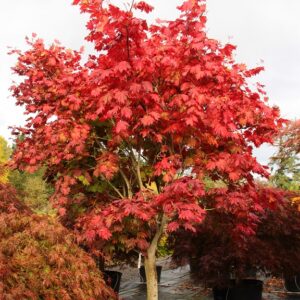
Acer japonicum ‘O taki’ Full Moon Maple
$44.99 View Details This product has multiple variants. The options may be chosen on the product page -
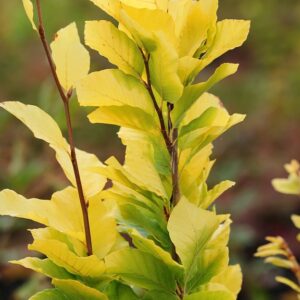
Fagus sylvatica ‘Dawyck Gold’ European Beech
View Details -
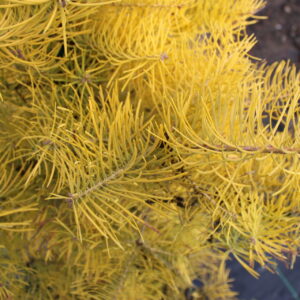
Abies concolor ‘Wintergold’ White Fir
$59.99 – $64.99Price range: $59.99 through $64.99 View Details This product has multiple variants. The options may be chosen on the product page -
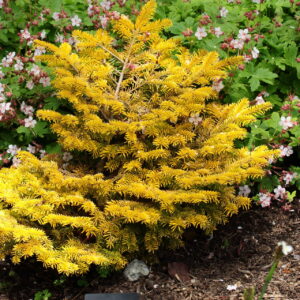
Abies nordmanniana ‘Golden Spreader’ Nordmann Fir
$59.99 – $64.99Price range: $59.99 through $64.99 View Details This product has multiple variants. The options may be chosen on the product page


